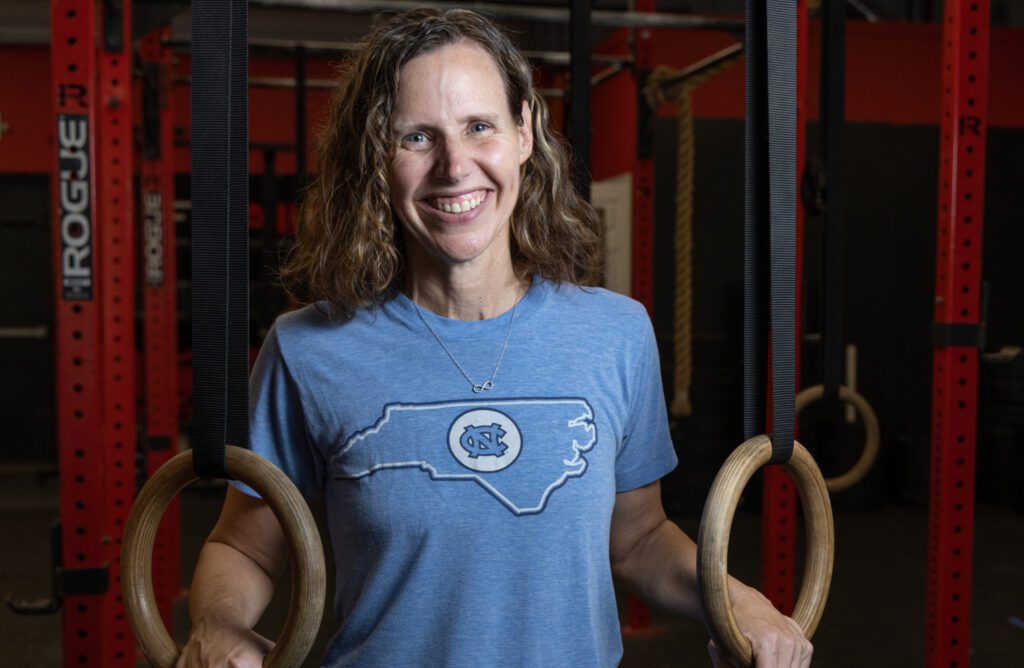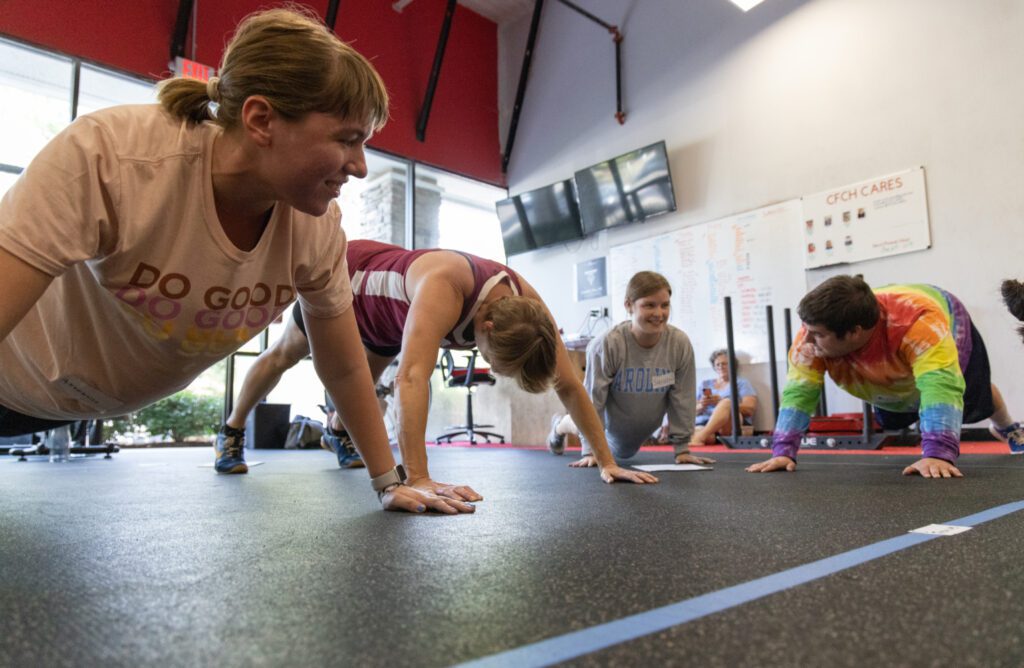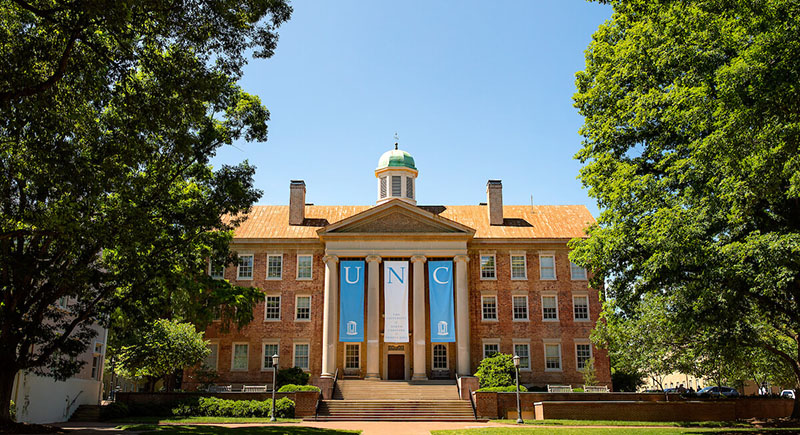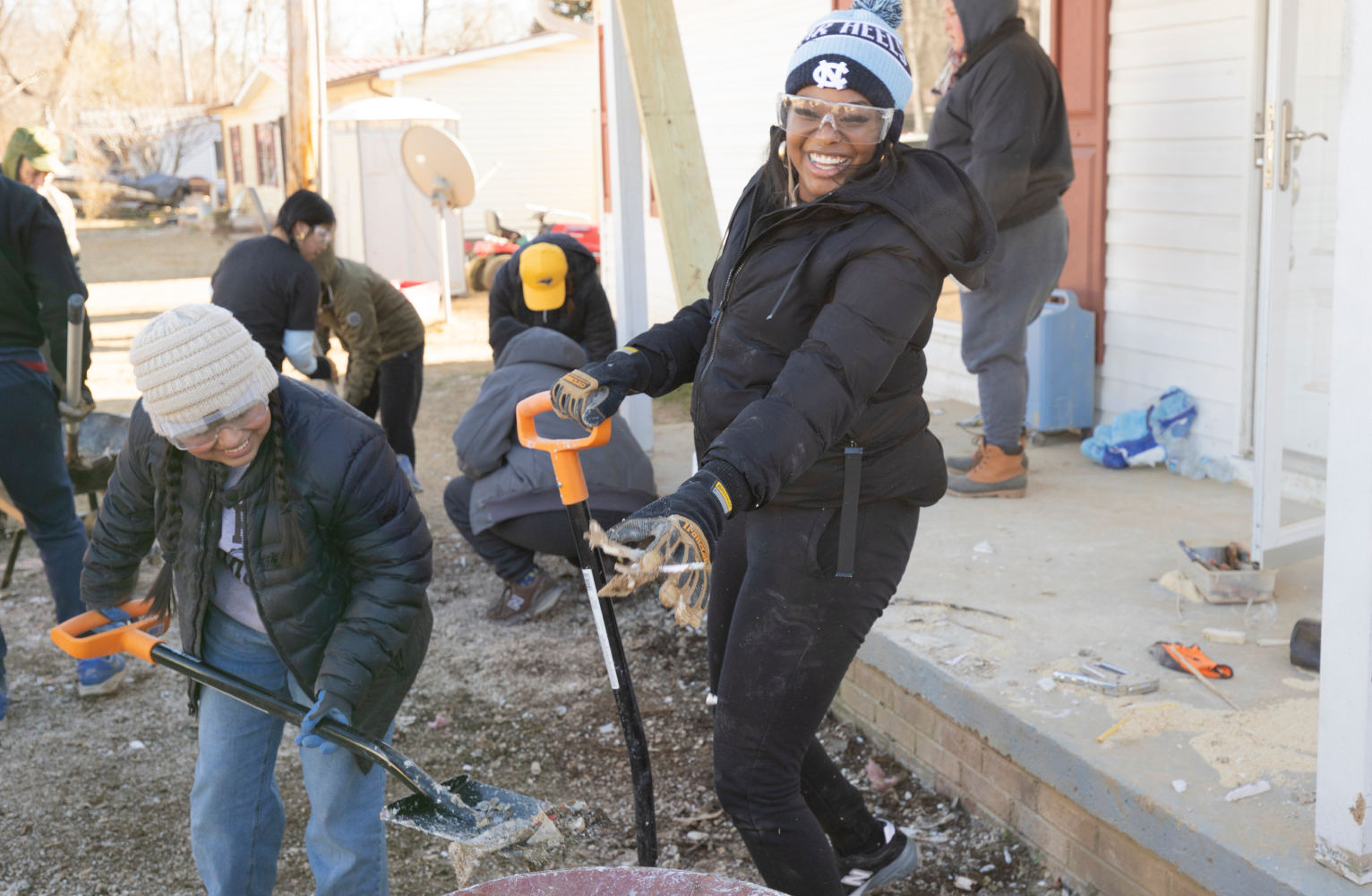
Kara Hume, associate professor, Richard “Dick” Coop Faculty Scholar in Education, and Frank Porter Graham Faculty Fellow, on the value of inclusive fitness.
Kara Hume’s first experience working with an autistic child came in 1990, when she was only 16 years old and looking to fulfill a community service requirement for her high school. She responded to a flier posted by a mother who was looking for someone to work with her 7-year-old autistic son, Kyle.
Hume remained close to the family over the years, and her experience working with Kyle led her to get a degree in special education, work as a special education teacher for years, and then ultimately join the faculty at the UNC School of Education to study interventions for and with individuals with developmental disabilities.
Hume’s work focuses on designing high-quality community-based services for autistic individuals. For many years, her research focused on school settings and equipping teachers and school personnel to support students. In recent years, Hume has focused most on exercise and group fitness settings. As part of this work, she leads Power Hour, a fully inclusive, adaptive fitness class for young adults with autism and other developmental disabilities.
Why is inclusive exercise important?
HUME: Movement and exercise are important for the broad population. The physical, social and mental health benefits of exercise are important for all people.
Unfortunately, there are far less opportunities for individuals with disabilities to engage in fitness activities. At many gyms and in many group exercise settings individuals with disabilities do not feel included or instructors may not be able to easily adapt the workout.
Power Hour borrows its flow from a typical CrossFit group fitness class, but is adapted to make it fully inclusive and seeks to attract both those with and without disabilities. At every step of our class, adaptations and modifications have been put into place so that every athlete can participate regardless of their disability. This includes having visuals so that athletes who do not communicate verbally can participate in the group discussion at the beginning of class. It also includes having modification options available for each workout, so that athletes using wheelchairs and with other disabilities have alternate movement options that allow them to participate in the ways that work for them.
Power Hour classes have grown from about eight athletes per class when it launched five years ago to as many as 30 athletes per class today. And each class is a true mix of athletes with and without disabilities, of different ages and backgrounds.

I see the positive impact of inclusive exercise every time we meet, but I’m excited to study it more systematically soon. With support from a new National Institutes of Health grant, we’re launching a large-scale trial in September that will allow us to better measure overall health and well-being and explore additional factors like how to increase activity throughout the week for athletes with disabilities. I also hope this work will allow us to expand what we’re doing and see Power Hour implemented at additional fitness centers.
As told to Audrey Smith
Photos by Jen Hughey
Related Stories






